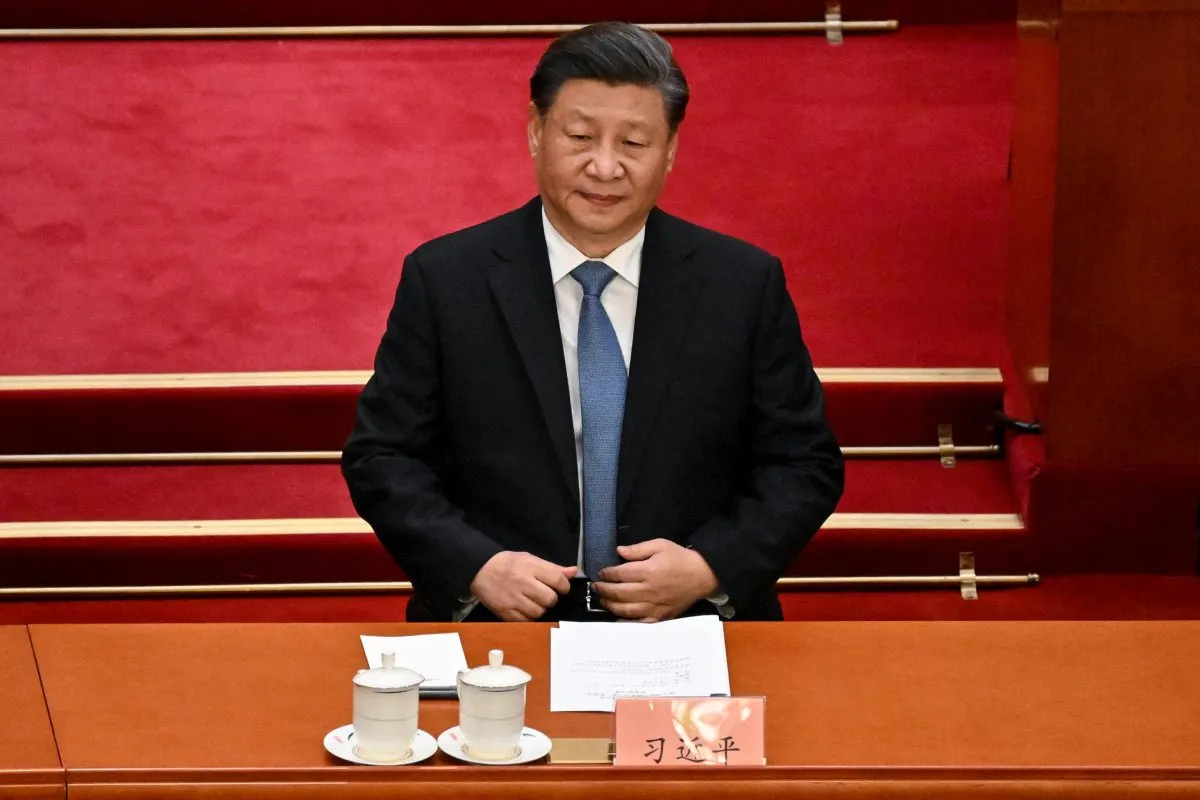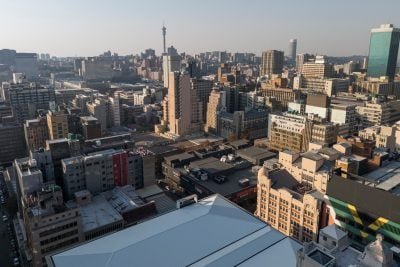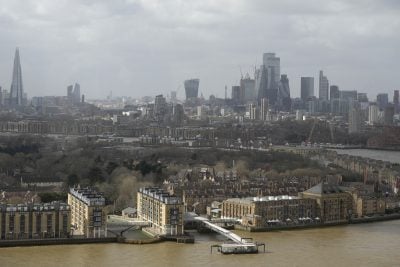African countries are grappling with the complex issue of how to rearrange their debts in light of the severe global economic downturn. The double whammy of Covid-19 and the Russia-Ukraine war has undermined the fiscal standing of nations across the continent, forcing talks with lenders, emergency bailouts and, in the most alarming cases, debt default.
For the majority of nations in a tight jam, seeking talks with lenders will almost certainly lead to a common destination: China. Over the last twenty years, Beijing and its network of state-owned banks have lent hundreds of billions of dollars to African governments. But what happens when countries can no longer afford to pay?
A major new report from AidData, a research project at William & Mary university in Williamsburg, Virginia, that tracks Chinese spending across its global Belt and Road Initiative (BRI), offers an answer. The report, compiled with researchers from the World Bank, the Harvard Kennedy School and the Kiel Institute for the World Economy, reveals a large and rising number of Chinese bailouts to countries in distress over the past 15 years, creating what it says is a “new system of international rescue lending” in which China acts as a “lender of last resort”.
The research found that $170bn has been extended by the People’s Bank of China (PBOC), the Chinese central bank, to the central banks of countries in financial or macroeconomic distress, often in the form of short-term “swap lines” with maturities extended repeatedly. Researchers also found more than 70 rescue loans from Chinese state-owned entities to 13 emerging and developing markets, worth $70bn.
In total, 22 debtor countries have received $240bn in Chinese rescue lending since 2000, more than $185bn of which was extended between 2016 and 2021. Almost all Chinese rescue loans have gone to low- and middle-income BRI countries with significant debts outstanding to Chinese banks: African recipients include Kenya, Tanzania, South Sudan, Sudan, Egypt, Angola and Nigeria.
The researchers conclude that China has developed a system of “Bailouts on the Belt and Road” that helps recipient countries avoid default, and services their BRI debts, at least in the short run. They compare China’s role as an “international crisis manager” to that of the US Treasury during the Latin American debt crisis or the European Stability Mechanism’s role in averting, delaying or resolving defaults.
So what are the implications for African borrowers? Many, particularly those who feel ill-served by the traditional multilateral lending system and excluded by US Federal Reserve liquidity support for advanced economies, will be relieved by the extension of Chinese rescue lending and encouraged by the existence of an alternative lender of last resort. Evidently the Chinese are not keen for lending partners in default.
Still, Chinese rescue lending isn’t cheap. The US Federal Reserve usually charges margins of around 25 basis points over the LIBOR reference rate. The PBOC swap lines show interest rates at margins between 200 and 400 basis points above the reference rate. The typical rescue loan by Chinese banks requires interest rates of 5%, considerably higher than the average IMF interest rate of around 2% for non-concessional lending over the past 10 years. Bailouts today could lead to more debt down the road.
Out of sight, out of mind?
The authors also argue that the support is “less institutionalised, less transparent, and more piecemeal,” foreshadowing “a deeper shift towards a more multipolar and fragmented international financial architecture”. Some African governments might see that as a negative US-centric interpretation, given the origin of the research.
Regardless, countries would do well to ponder the implications of a growing Chinese role that is largely out of sight – researchers say the implication is that the full extent of debt distress in emerging markets is unknown. While the bailouts currently pale in comparison to US and IMF lending, the researchers say that China’s activity mirrors that of the US rise to global financial dominance between the 1930s and the post-war years. The implications will extend far beyond this debt crisis.
Want to continue reading? Subscribe today.
You've read all your free articles for this month! Subscribe now to enjoy full access to our content.
Digital Monthly
£8.00 / month
Receive full unlimited access to our articles, opinions, podcasts and more.
Digital Yearly
£70.00 / year
Our best value offer - save £26 and gain access to all of our digital content for an entire year!

 Sign in with Google
Sign in with Google 



